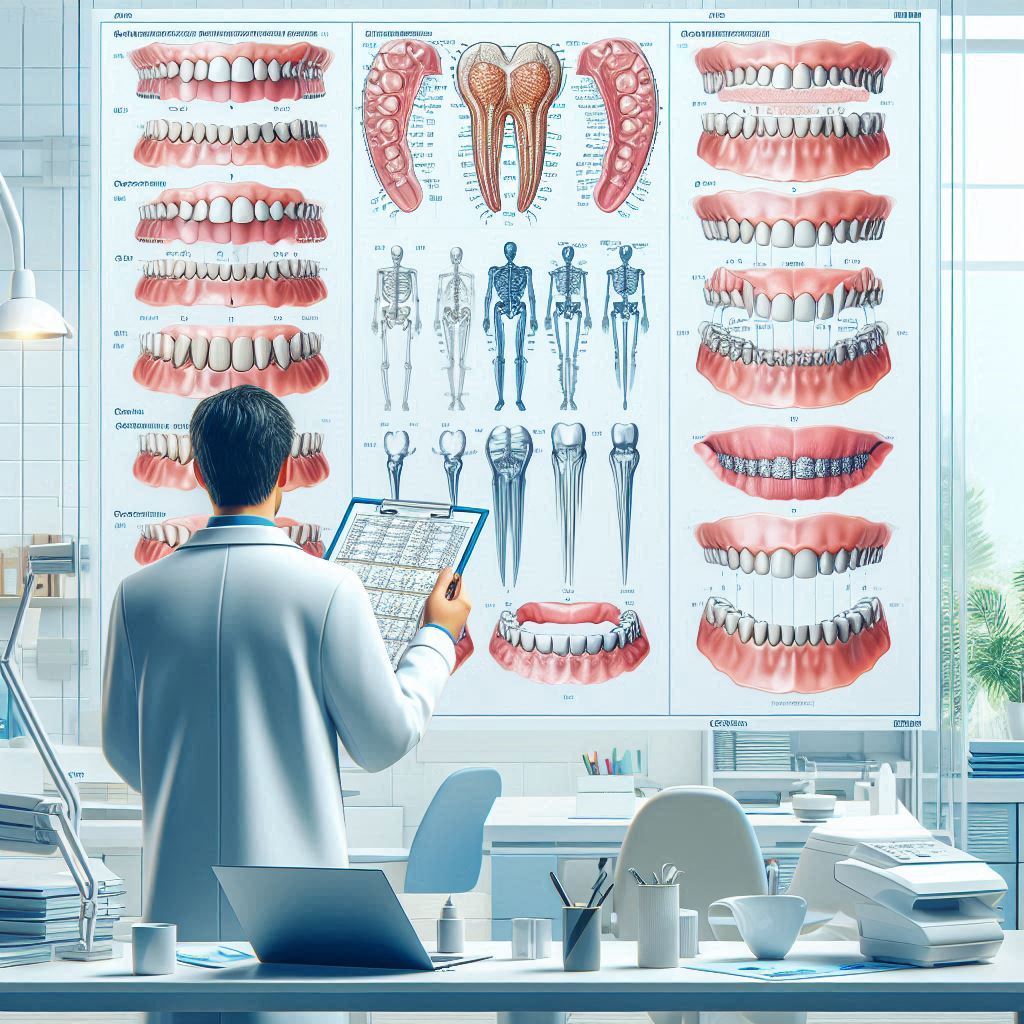Dental Codes for Partial Upper
Partial upper dentures are a common dental solution for patients missing some of their upper teeth. These prosthetic devices are designed to restore functionality and aesthetics, allowing patients to chew, speak, and smile with confidence. Dental codes, also known as Current Dental Terminology (CDT) codes, are used by dental professionals to categorize and bill for these procedures.

Understanding Dental Codes
Dental codes are essential for insurance claims and record-keeping. For partial upper dentures, the most commonly used code is D5211 (maxillary partial denture – resin base, including any conventional clasps, rests, and teeth). This code applies to removable partial dentures made from acrylic resin, which are often used for their affordability and ease of adjustment.
Another relevant code is D5213 (maxillary partial denture – cast metal framework with resin denture bases). This code is used for partial dentures that include a metal framework for added strength and durability.
Types of Partial Upper Dentures
- Resin-Based Partial Dentures: Lightweight and cost-effective, these are ideal for temporary or short-term use.
- Cast Metal Partial Dentures: These are more durable and provide better support for the remaining teeth.
- Flexible Partial Dentures: Made from thermoplastic materials, these offer a comfortable and aesthetically pleasing option.
Procedure Overview
- Initial Consultation: The dentist evaluates the patient’s oral health and discusses treatment options.
- Impressions: A mold of the upper jaw is taken to create a custom-fit denture.
- Fabrication: The denture is crafted in a dental lab based on the impressions.
- Fitting and Adjustments: The denture is fitted, and any necessary adjustments are made to ensure comfort and functionality.
Table: Common Dental Codes for Partial Upper Dentures
| CDT Code | Description |
|---|---|
| D5211 | Maxillary partial denture – resin base |
| D5212 | Maxillary partial denture – cast metal framework with resin base |
| D5214 | Maxillary partial denture – flexible base |
Dental Code for Partial Upper Tooth
When a single upper tooth is missing, a partial upper tooth replacement may be recommended. This can be achieved through various methods, including dental implants, bridges, or removable partial dentures.
Relevant Dental Codes
- D6010: Surgical placement of an implant body (for single tooth replacement).
- D6057: Custom abutment for an implant-supported crown.
- D6205: Pontic (artificial tooth) for a fixed bridge.
Treatment Options
- Dental Implants: A titanium post is surgically placed in the jawbone, and a crown is attached to replace the missing tooth.
- Fixed Bridges: A prosthetic tooth is anchored to adjacent natural teeth or implants.
- Removable Partial Dentures: A single artificial tooth is attached to a removable appliance.
Dental Code for Partial Upper Eyelid
While not directly related to dentistry, the upper eyelid can be affected by certain dental or maxillofacial conditions. For example, trauma to the upper jaw or sinuses can cause swelling or drooping of the upper eyelid. In such cases, interdisciplinary care involving dentists and ophthalmologists may be required.
Relevant Codes
- 15820: Blepharoplasty (eyelid surgery) for upper eyelid ptosis.
- 21280: Reconstruction of the upper jaw (maxilla) involving the orbital floor.
Dental Code for Partial Upper Lip
The upper lip can be affected by congenital conditions, trauma, or oral surgeries. Procedures involving the upper lip may include reconstructive surgery or the treatment of cleft lip.
Relevant Codes
- 40700: Plastic repair of cleft lip.
- 40527: Reconstruction of the upper lip using local flaps.
Dental Code for Partial Upper Respiratory
The upper respiratory system, including the nasal cavity and sinuses, can be impacted by dental conditions such as sinusitis caused by tooth infections. Procedures like sinus lifts are often performed to prepare the upper jaw for dental implants.
Relevant Codes
- D7951: Sinus augmentation via a lateral approach.
- D7953: Bone graft for sinus augmentation.
Dental Code for Partial Upper Bridge
A partial upper bridge is used to replace one or more missing teeth in the upper jaw. It consists of pontics (artificial teeth) anchored to crowns on adjacent natural teeth or implants.
Relevant Codes
- D6212: Pontic cast predominantly base metal.
- D6242: Pontic porcelain fused to noble metal.
Dental Code for Partial Upper Molar
The upper molars play a crucial role in chewing and grinding food. When a partial upper molar is missing, it can affect the bite and lead to further dental issues.
Relevant Codes
- D2740: Crown for a molar tooth (porcelain/ceramic).
- D6058: Implant-supported crown for a molar.
Conclusion
Dental codes for partial upper dentures and related procedures are essential for accurate billing and treatment planning. Whether you need a partial upper denture, a bridge, or a single tooth replacement, understanding these codes can help you navigate the dental care process with confidence.
FAQs
- What is the difference between D5211 and D5213?
D5211 refers to a resin-based partial denture, while D5213 involves a cast metal framework with resin bases. - Can I get insurance coverage for partial upper dentures?
Most dental insurance plans cover partial dentures, but coverage may vary based on the specific code and plan. - How long does it take to get a partial upper denture?
The process typically takes 4-6 weeks, including consultations, impressions, and fittings.
Additional Resources
- American Dental Association (ADA): www.ada.org
- National Institute of Dental and Craniofacial Research (NIDCR): www.nidcr.nih.gov
- Dental Coding Guide: www.dentalcoding.com


